In an op-ed in the New York Times, Angelina Jolie Pitt announced that she recently had surgery to remove her ovaries and fallopian tubes. The procedure put her into menopause at age 39, and she will take replacement hormones for another decade or so.
“It is not easy to make these decisions,” she writes. She describes how she felt she “still [had] months to make the date” for her operation as she prepared herself both physically and emotionally to end her reproductive years.
Angelina Jolie: Humanitarian

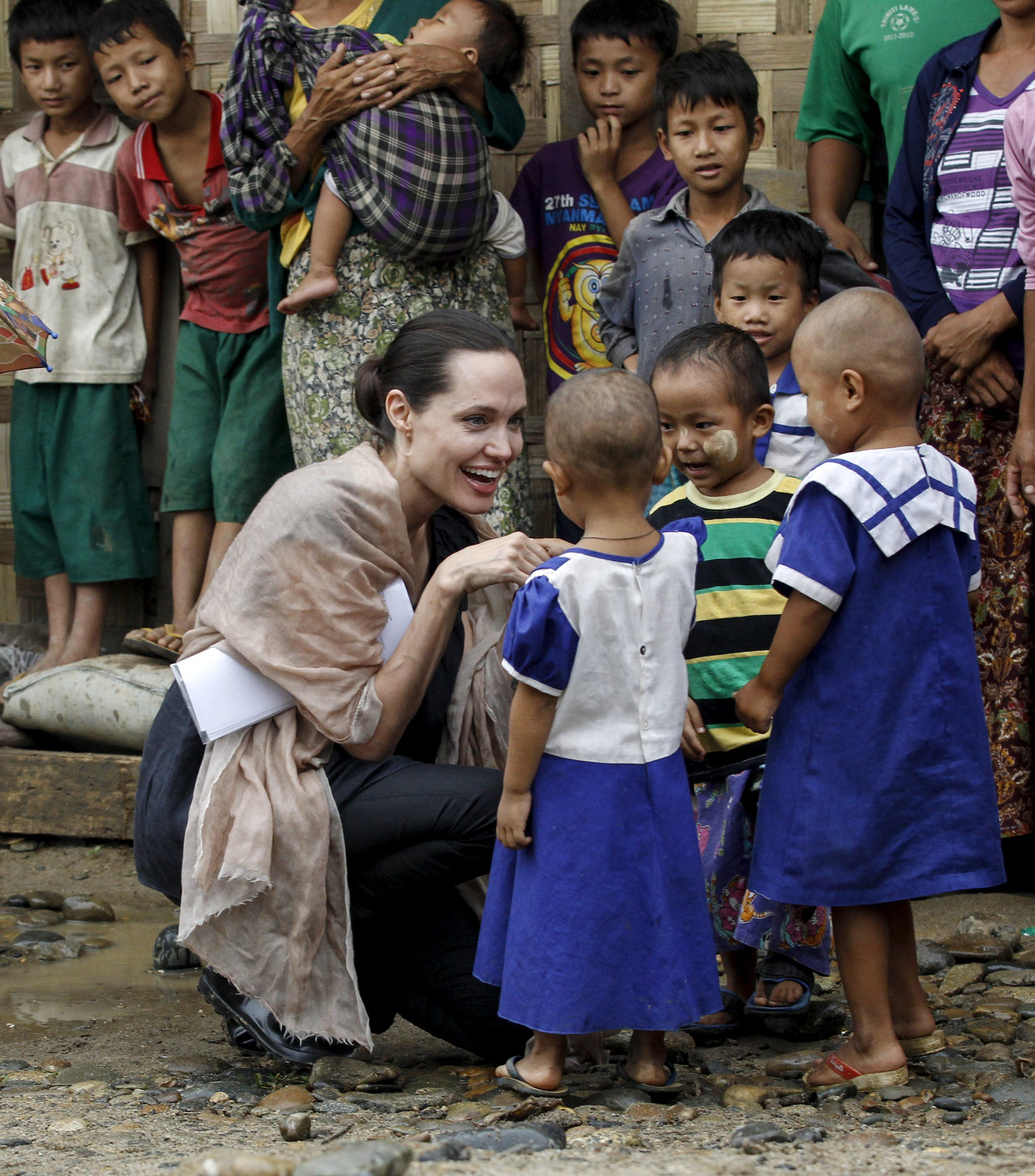
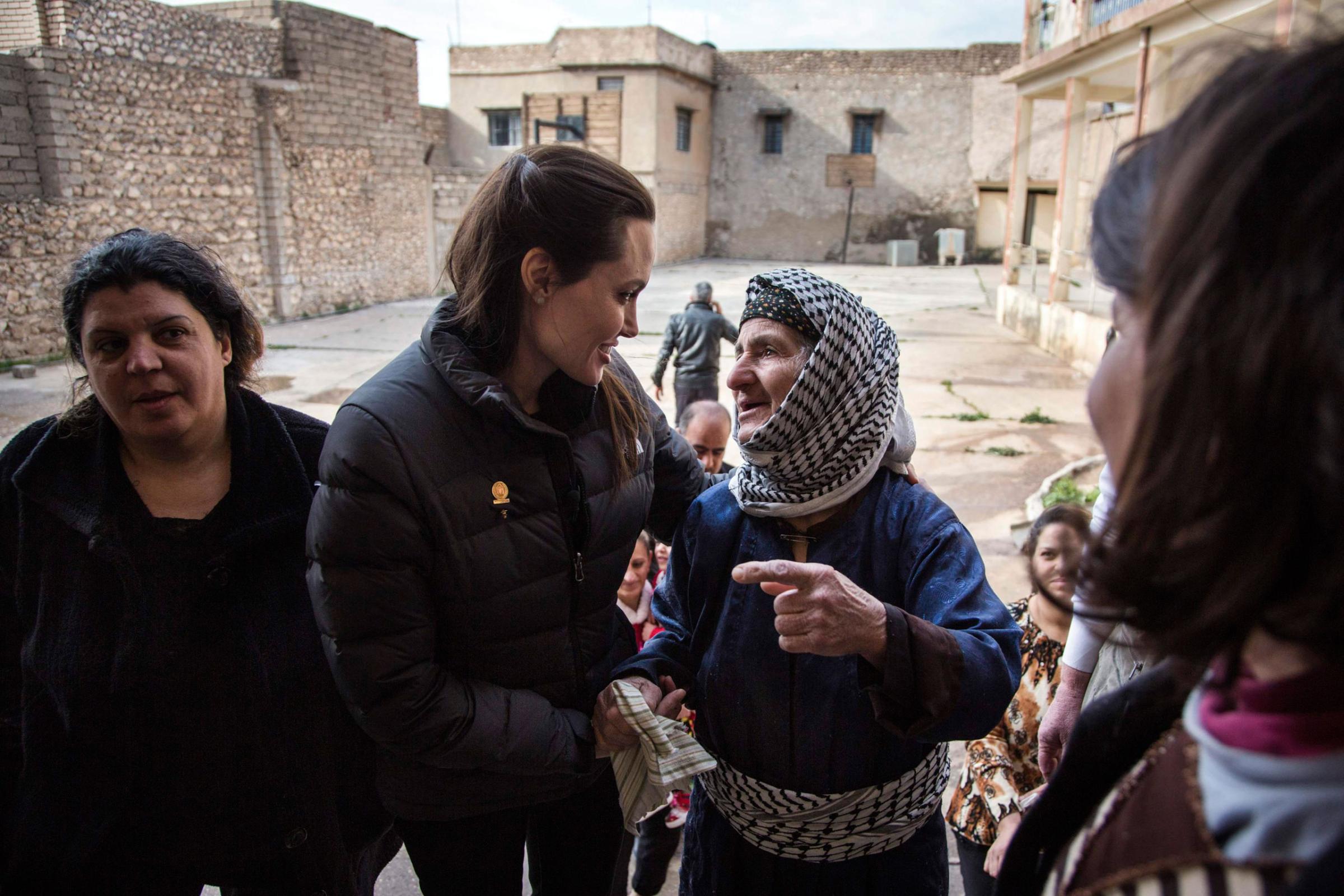
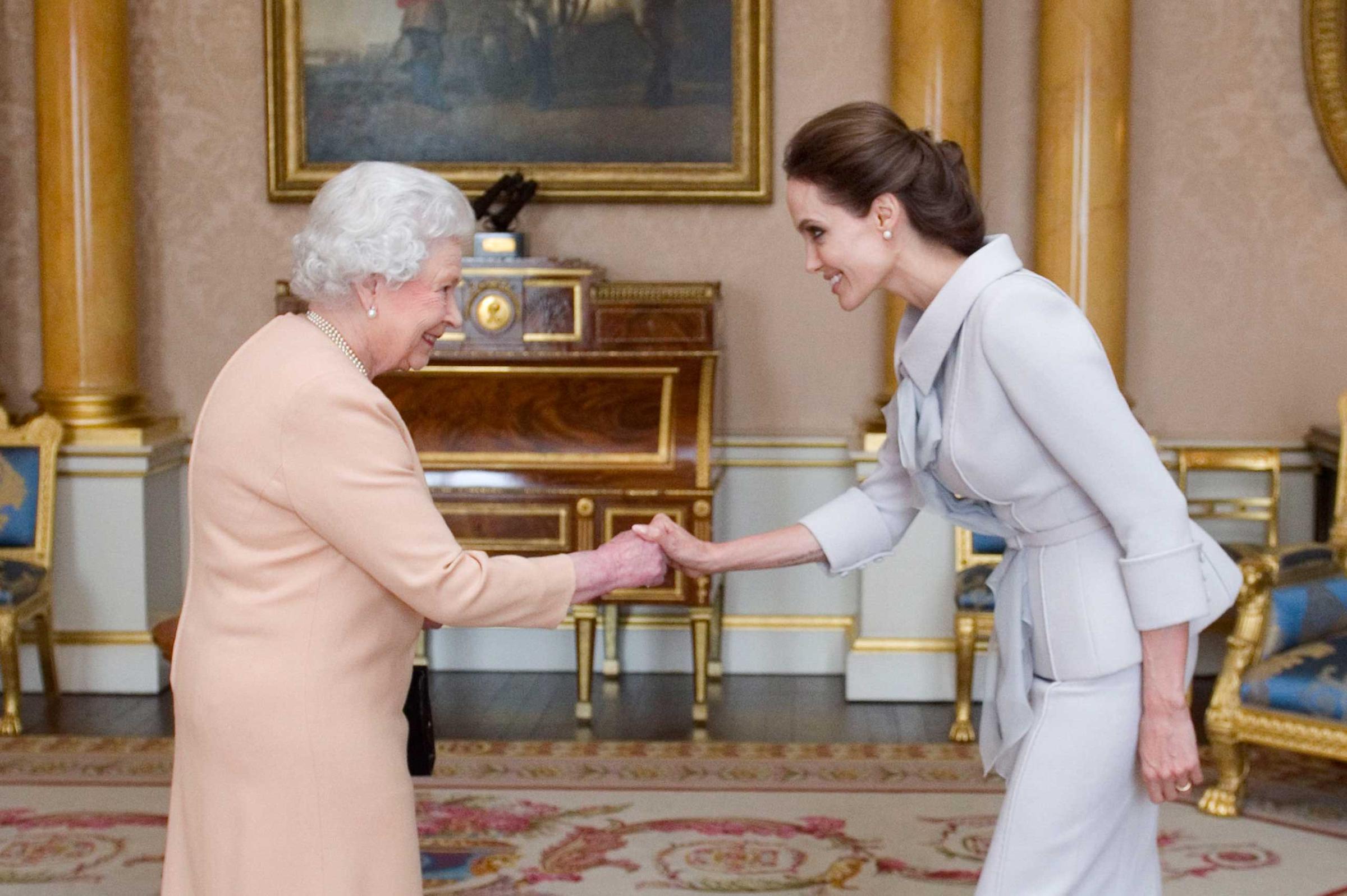



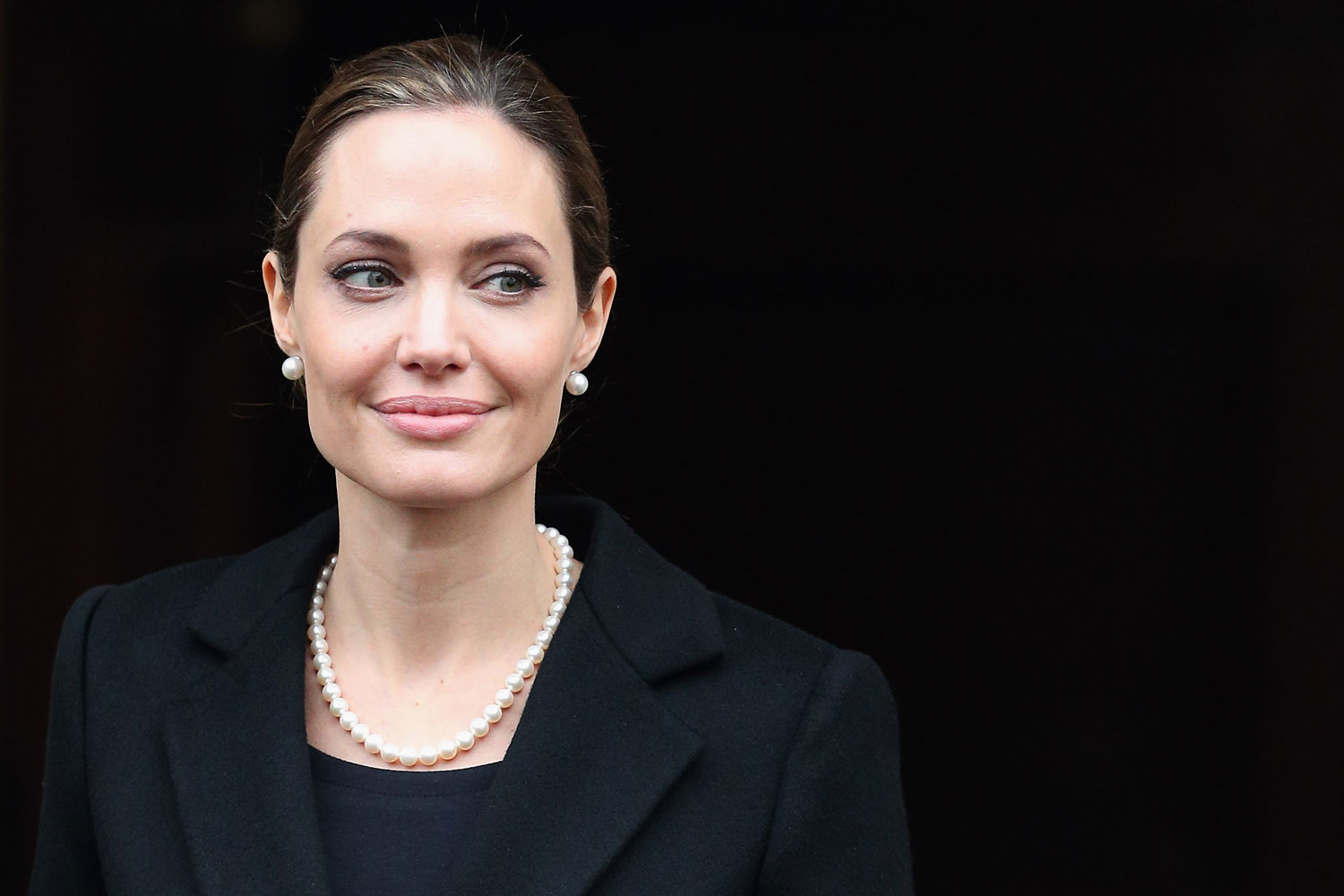


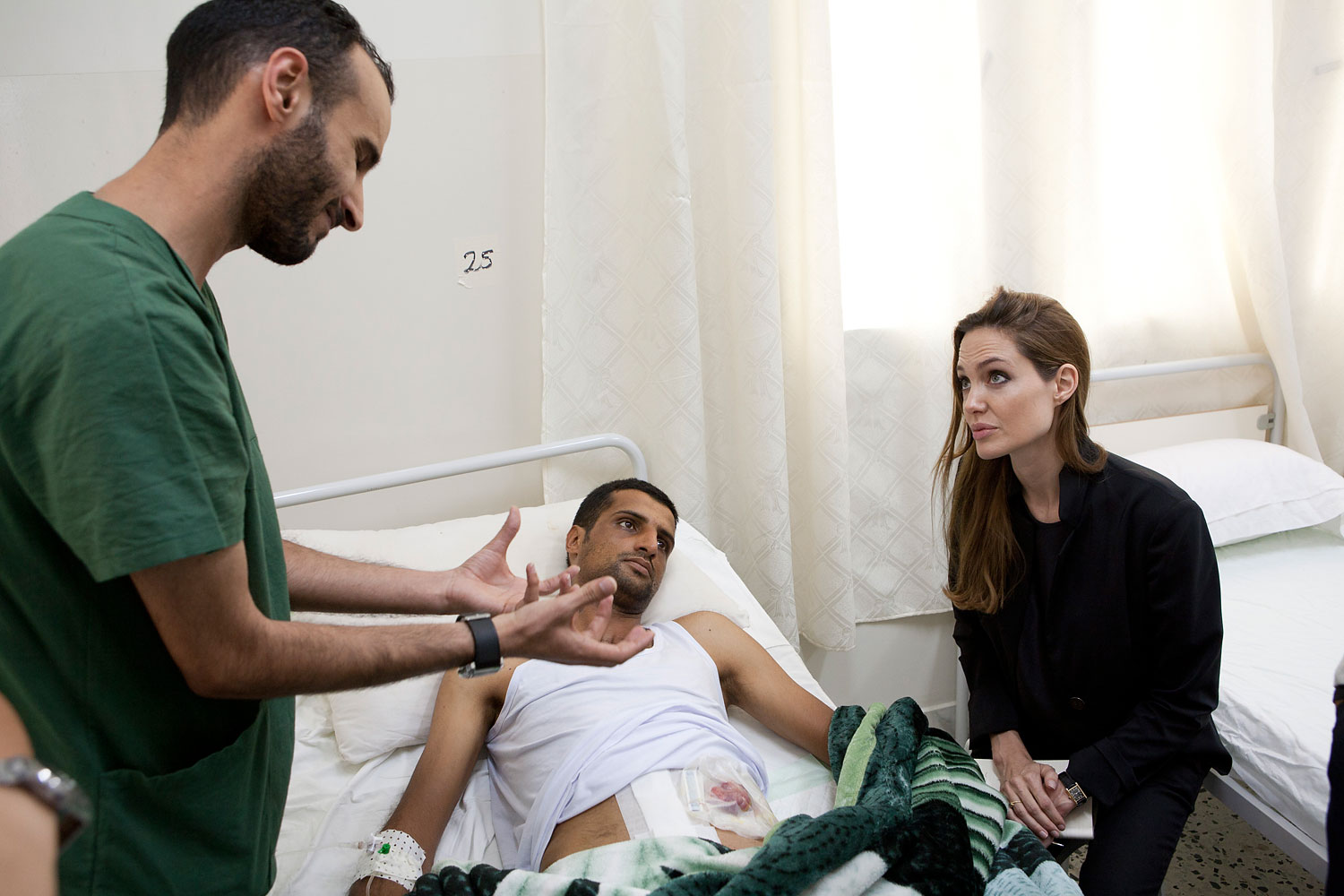
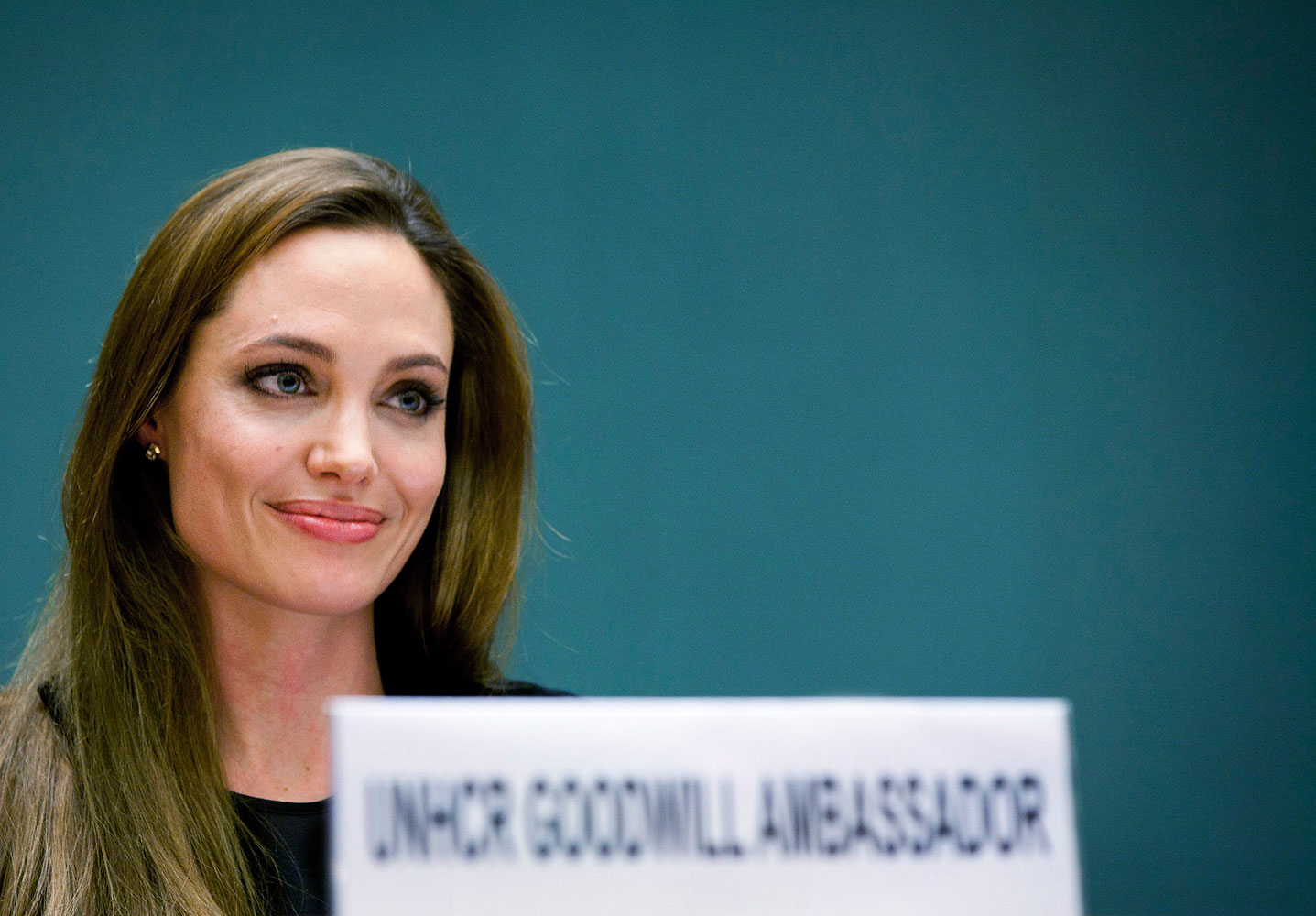







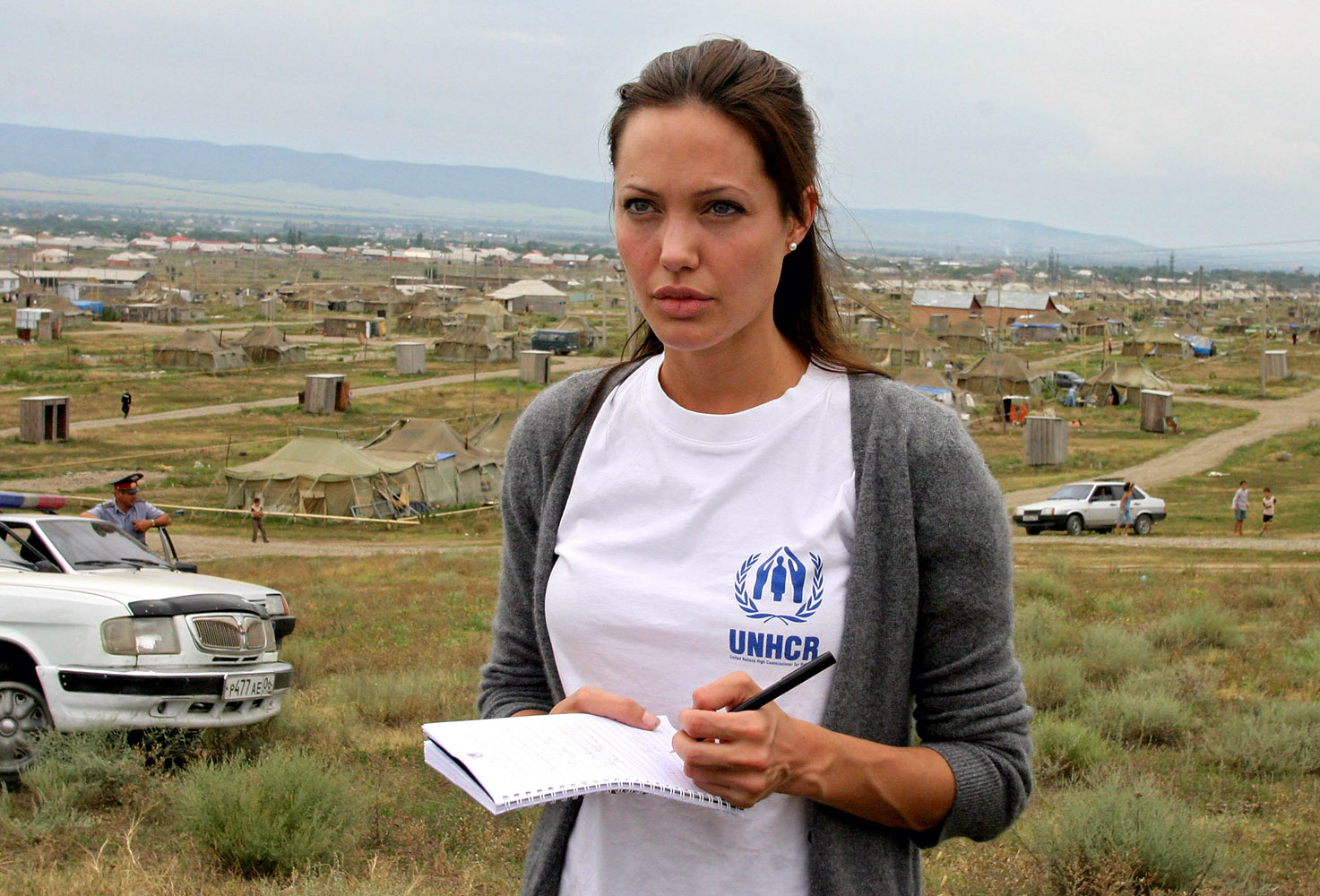

MORE: The Angelina Effect
But cancer experts say that Jolie did the right thing. While her decision to remove both her breasts before she developed breast tumors was controversial, her latest choice to have her ovaries removed is less so, although equally difficult from both an emotional and physical point of view. “This surgery decision is more straightforward than the decision to have the breasts removed,” says Dr. Karen Lu, chair of gynecologic oncology at MD Anderson Cancer Center. “And it’s definitely a stronger recommendation than for the bilateral prophylactic mastectomy.”
For women like Jolie, who harbor either of the BRCA1 or BRCA2 mutations (Jolie is positive for BRCA1), their risk of breast cancer is anywhere from 80% to 90% higher than that of women without the genetic aberrations. But there are ways that doctors can screen for even the smallest tumors in the breast and therefore get a heads up when the cancer is growing. That allows many women to choose to keep their breasts and have a lumpectomy followed by radiation, with more frequent and vigilant screening for any additional or recurrent growths.
There isn’t that luxury with ovarian cancer, which is often caught once the cancer has progressed and is harder to treat. Women with the BRCA mutations have an up to 50% greater chance of developing this type of cancer, and there are no good ways of screening for it; a blood test that picks up a protein common to ovarian tumors isn’t specific to the cancer, so it could provide false positive or false negative results. In most cases, the cancer is well advanced before doctors, or patients, even know it’s there. “It is incurable in most cases for the vast majority of women,” says Lu.
That’s why the National Comprehensive Cancer Network, and the American Congress of Obstetricians and Gynecologists strongly recommend that women with BRCA1 mutations have their ovaries and fallopian tubes removed by age 40, and those with BRCA2 mutations by age 45.
MORE: Angelina Jolie’s Double Mastectomy: What We Know About BRCA Mutations and Breast Cancer
That doesn’t mean it isn’t still a difficult one to make. For women who learn they have a BRCA mutation in their 20s or 30s, for example, and have no history of cancer — yet —they have to decide whether they want to have children at all, or whether they want to continue adding to their family if they already have, or whether they are ready to enter menopause. For such pre-vivors of cancer, who are at higher risk of the disease but haven’t yet developed tumors, the choice between invasive surgery, and a theoretical risk of something occurring in the future, is agonizing.
For them, there may be other options soon. Researchers at MD Anderson, for example, are testing whether women and keep their ovaries for a little longer if they have their fallopian tubes removed first, since there are signs that ovarian cancer may start in the tubes. Jolie writes about promising studies that suggest birth control pills can lower the risk of ovarian cancer in women with BRCA mutations, but the data is still conflicting.
For now, the option that gives women with BRCA their best chance of avoiding ovarian cancer is surgery.”We are absolutely trying to develop medicinal approaches to reducing risk, and understand the disease better,” says Dr. Larry Norton, medical director of the Evelyn H. Lauder Breast Center at Memorial Sloan Kettering Cancer Center. “But right now, as of this minute, there is no medicinal or herbal approach to reduce risk anywhere close to what we can do with surgery.”
“I feel deeply for women for whom this moment comes very early in life, before they have had their children,” Jolie writes. “But it is possible to take control and tackle head-on any health issue. I feel at ease with whatever will come, not because I am strong but because this is a part of life. It is nothing to be feared.”
MORE: Angelina Jolie’s Double Mastectomy: It’s Not the Only Option
More Must-Reads from TIME
- Donald Trump Is TIME's 2024 Person of the Year
- Why We Chose Trump as Person of the Year
- Is Intermittent Fasting Good or Bad for You?
- The 100 Must-Read Books of 2024
- The 20 Best Christmas TV Episodes
- Column: If Optimism Feels Ridiculous Now, Try Hope
- The Future of Climate Action Is Trade Policy
- Merle Bombardieri Is Helping People Make the Baby Decision
Contact us at letters@time.com